Japanese education across the ocean
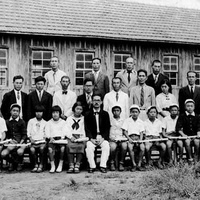
The second installment of the Discover Nikkei column by Sachio Negawa of the University of Brasilia. As an example of the overseas expansion of "Japanese culture," particularly in Latin America, this report examines the trends and realities of Japanese education in Brazil, home to the world's largest Nikkei community, from the prewar and wartime periods to the present day.
Stories from this series

Part 15: Conclusion
Aug. 30, 2011 • Sachio Negawa
I have recently returned to Brazil after spending a year and a half in Japan for research abroad. I am writing this article at the São Paulo Institute of Humanities (commonly known as Jinbunken), where I first stayed after arriving in Brazil in 1996. Taisho Elementary School in the city of São Paulo is said to be the "oldest Japanese educational institution in Brazil," and the current Brazilian Japanese Cultural Association building stands on the site of that school building, …
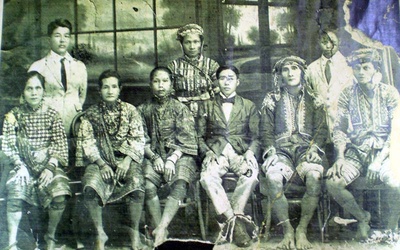
Extra 1 - Davao, Philippines
April 14, 2011 • Sachio Negawa
"I bumped into this person out of nowhere in the mountains of Mindanao, and he said to me in Japanese, 'I'm Ainoko.' I was so surprised." YA, a Japanese businessman living in Davao, Philippines, talks about his sudden encounter with a Japanese-Filipino named Mr. A. At the time, he was a journalist and was tracking the activities of guerrillas such as the New People's Army (NPA) in the mountainous region of Mindanao. That was the first time that YA learned …
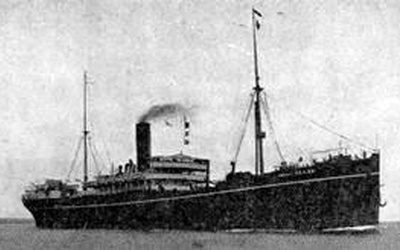
14th Yojo Elementary School
Dec. 14, 2010 • Sachio Negawa
From the prewar to postwar period, immigration from Japan, a country surrounded by the sea, was almost entirely by sea transport. Emigrant ships were the main means of travelling overseas, and all immigrants experienced life on board a ship. "Floating elementary schools" (shipboard elementary schools) were elementary schools opened on immigrant ships. Since most immigrants to Brazil were families, the group included many housewives and children, adding excitement and gaiety to the voyage. Floating elementary schools were aimed at children …
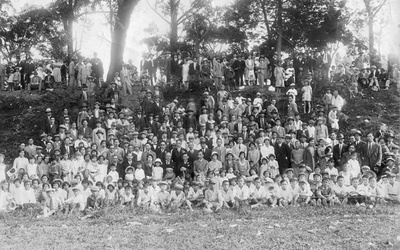
13th Imperial Portrait, Imperial Rescript on Education, and Moral Education
Sept. 10, 2010 • Sachio Negawa
It is often said that the ideal of education for the children of Japanese immigrants in prewar Brazil was a subjective education, an education that would be patriotic and loyal to the Emperor.1 So what exactly was this subjective education, or a patriotic education that would be loyal to the Emperor? It could be said that it was about becoming "subjects" who received the Emperor's portrait and who embody the spirit of the Imperial Rescript on Education, in other words, …

12th Japanese Business School
June 21, 2010 • Sachio Negawa
There were many different educational institutions for Japanese immigrants in Brazil, but it can be confirmed that several vocational schools, such as agricultural and commercial schools, were established in the 1930s. Among those previously introduced were the Japan-Brazil Practical Girls' School and the São Paulo Sewing Girls' School (see Parts 5 and 6 of this series), as well as the Registro Supplementary School ( see Part 9 of this series ). The school was also known as the "Agricultural Supplementary …
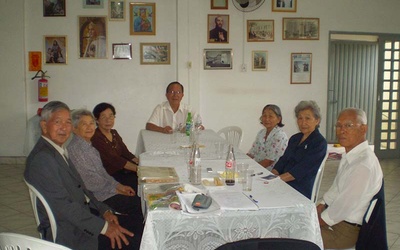
11th Northern Parana Region (2)
March 17, 2010 • Sachio Negawa
The settlement of Japanese immigrants in northern Paraná, which began in Cambalá on the border with São Paulo state, spread in the 1930s as the region developed, and Japanese education expanded accordingly. The São Paulo Japanese School Parents' Association, the governing body for Japanese education in Brazil, was reorganized into the Brazilian Japanese Education Promotion Association in 1936, with former diplomat Furuya Shigetsuna taking over as chairman. This association established six branches in Brazil, with the third branch covering the …
 We’re looking for stories like yours!
Submit your article, essay, fiction, or poetry to be included in our archive of global Nikkei stories.
Learn More
We’re looking for stories like yours!
Submit your article, essay, fiction, or poetry to be included in our archive of global Nikkei stories.
Learn More
New Site Design
See exciting new changes to Discover Nikkei. Find out what’s new and what’s coming soon! Learn MoreBorn in Osaka Prefecture in 1963. Graduated from the Graduate School of Philosophy, Letters and Human Sciences at the University of São Paulo. Ph.D. (Sokendai). Specialized in transplanted people history, maritime history and cultural studies. After serving as an associate professor at the Faculty of Letters of the University of Brasilia, he is currently a special researcher at the International Research Center for Japanese Studies. He is also a lecturer at Doshisha University and the University of Shiga Prefecture. Major publications: Reprint of "Umi" Vols. 1-14 (Kashiwa Shobo, 2018, supervision and commentary), A History of Education of Japanese Immigrants in Brazil (Misuzu Shobo, 2016), A History of Education of Japanese Immigrants Crossing Borders - A Perspective on Multicultural Experiences (Minerva Shobo, 2016. Co-edited and co-authored with Inoue Shoichi), Cinquentenario da Presenca Nipo-Brasileira em Brasilia (FEANBRA, 2008, co-author).
(Updated January 2023)

Discover Nikkei Updates



See exciting new changes to Discover Nikkei. Find out what’s new and what’s coming soon!

